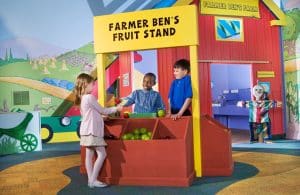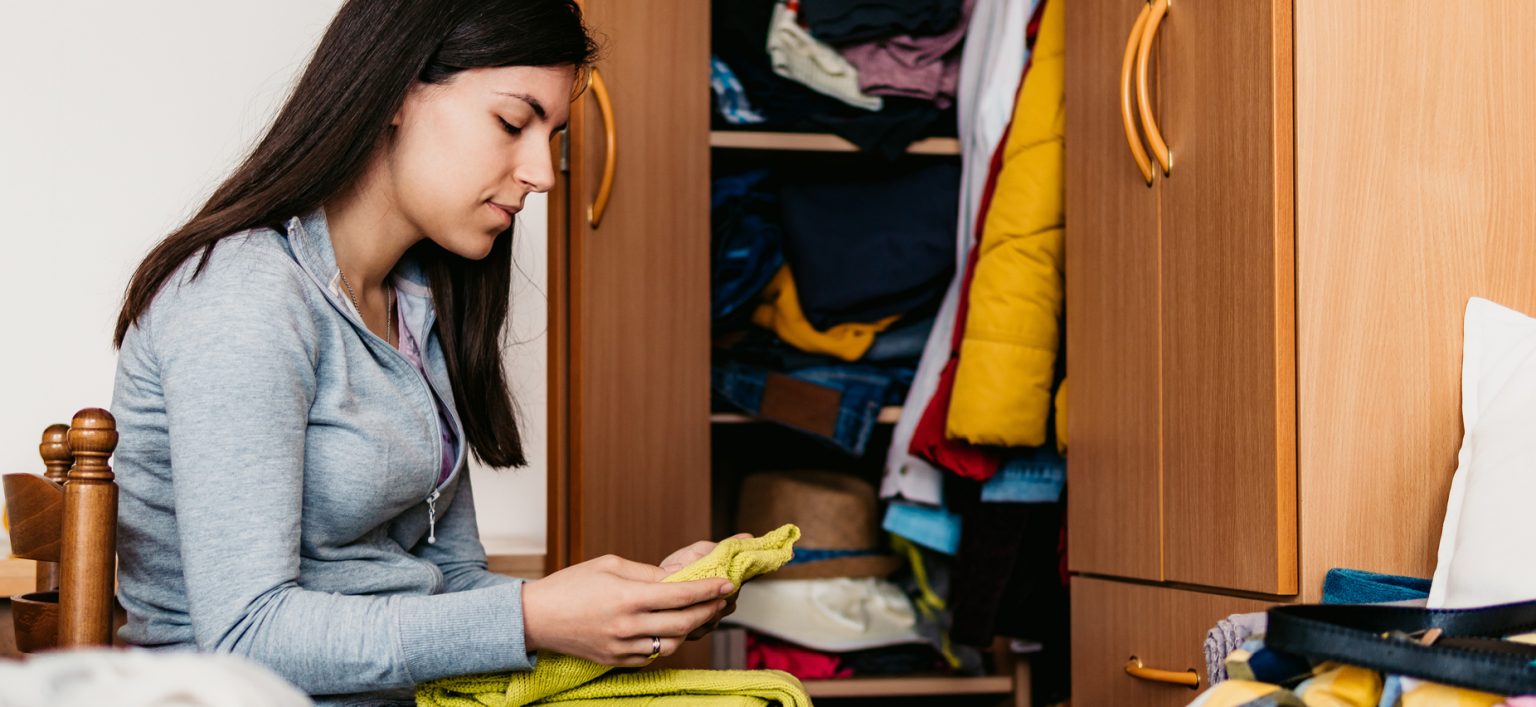The start of a new year is the perfect time to reduce clutter in your home.
And the benefits of doing so are numerous.
“The biggest one I would say is reduced stress,” said Liz Bremer, a certified professional organizer and the owner of Put it Simply Organizing in Manlius. “You are saving time by not spending time looking for things. You’re saving money by not buying things that you already have. It improves relationships. I’ve had clients say that getting organized has saved their marriage. Being more efficient. All of these things are great.”
Read on for Bremer’s tips about how to organize your home – and get the entire family involved in the process.
Where to Start
Are you feeling overwhelmed and aren’t sure where to start? Bremer recommends identifying the rooms or areas in your house that are causing you the most stress – and begin there. If you aren’t sure of the answer, start with the spaces that you use most (such as the kitchen, a bedroom, or a bathroom), and avoid storage areas.
“A lot of people say, ‘Oh, I’ll start in storage areas, then I can clean them out and have more room to store stuff.’ That’s usually just counterproductive,” said Bremer.
Another common pitfall is zig-zag organizing, or jumping from one room to another to another.
“I really encourage people to stick to one space, start it, finish it, then move on to the next space,” said Bremer. “That’s the best methodology.”
Last, but not least, make sure that you are getting rid of items as you go otherwise “you’re just kind of moving things around,” said Bremer. “If you really want to make big changes, you want to purge.”
Organizing Items in Your Home
Paperwork, Artwork
It’s no secret that children bring home a lot of papers from school. To help keep everything organized, create a space where they can put those papers each day, such as a labeled bin for each child. Later, parents can go through those bins and decide what to keep – or throw away.
“They’re getting rid of any daily work, like math worksheets. Those aren’t sentimental things that you tend to want to keep,” said Bremer. “The things that you do want to keep, I encourage parents to have a bin for each child with keepsakes.”
Toys
Do you feel like you are always stepping on, or around, toys? If your home has space, Bremer recommends having two area for children’s stuff: a playroom or finished basement where they’re actively playing and learning, and a bedroom where they can keep quiet activities (such as books and stuffed animals) – that way, they “understand what activities they’re supposed to do in each space,” she said.
Then, every 3-6 months, parents should go through each area and remove any toys and other items that aren’t being used, or that aren’t age appropriate. If you want to save the toys for a younger sibling, create a labeled bin for them in a storage area.
“If you still have too many toys that you can’t part with, I often recommend a toy rotation, where you’re saying, ‘Alright, let’s have one or two toys that encourage reading, one or two that encourage dexterity; that kind of thing,” said Bremer. “Put the other toys that have a similar function away. Then once every two months, rotate the toys out. Sometimes that’s a good way to do it if you’re feeling like, ‘Oh, there’s just so much.’”
Clothing
Clothing is another source of clutter.
“Young kids grow quickly, so it’s important to understand where each kind of size is,” said Bremer. “In every child’s closet that I work in, I set up a container or basket for outgrown clothes. On a daily basis as you’re pulling out clothes and you’re like, ‘Wow, I didn’t know this was in here. This is way too small,’ chuck it in the basket.”
Once the basket or container is full, you can put the clothes in a bin (labeled by size) and keep them for a younger sibling – or donate them.
Get the Whole Family Involved
“As parents, our real true goal with our children is to teach them how to become independent and do things themselves, and to provide them with skills that they can use throughout their lives,” said Bremer. “Organizing is a skill that everyone will need and use throughout their whole life, so get them involved as much as possible.”
One way to do that is by getting kids involved with the purging process. Teach them about charity, and encourage them to donate things they no longer use or love.
“Rather than going one-by-one, and saying, ‘I want this, I don’t want this,’ just say, ‘Here’s a huge pile. Pick your top 10 treasures,’” said Bremer. “That’s a great strategy for kids. They handle it really well, better than adults, to be honest.”
But perhaps most importantly, make sure your children are onboard before implementing a new organization system in their spaces – “it’s more likely they’re going to want to maintain it,” said Bremer.
Final Thoughts
If you are still feeling overwhelmed, don’t be afraid to ask for help from an organized friend or professional.
“Sometimes being intimate with your own stuff is just too hard to do by yourself,” said Bremer.





